✨You Can Touch the Times Square New Year's Eve Ball!
Find out how you can take home a piece of the old New Year's Eve ball!


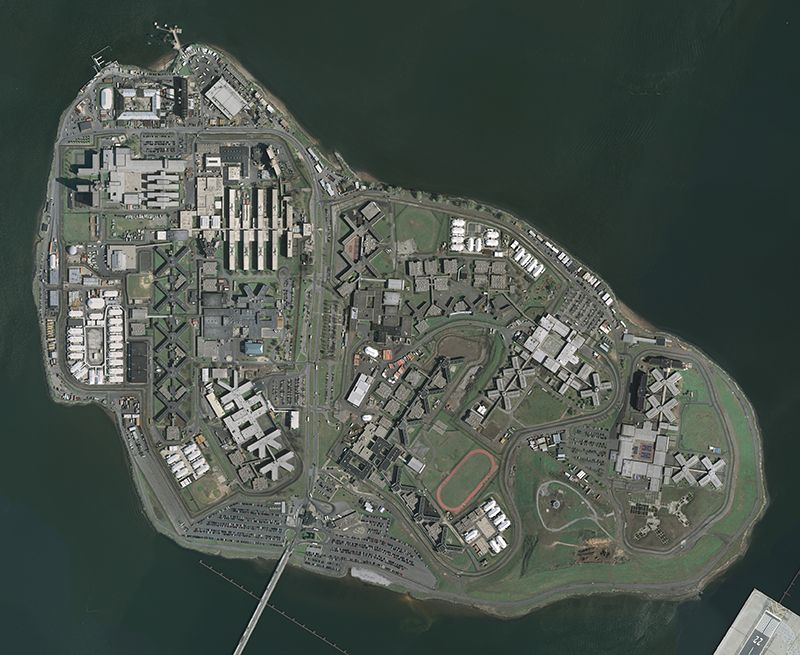
Aerial view of Rikers Island. Image via Wikimedia Commons byy the U.S. Geological Survey
Rikers Island, New York City’s main jail complex (and the island it sits on), is situated on the East River, between Queens and the Bronx. As one of the largest correctional institutions in the world, the facility is comprised of 10 jails which have a total capacity of nearly 17,000 people – although daily numbers are between 7000 and 9000 .In fact, it has been referred to as the “World’s Largest Penal Colony.” As a jail however, stays are one year or shorter, with a large portion of detainees who can’t afford bail simply awaiting hearings and trials. 60,000 people men and women return home from Rikers Island each year.
For some time, Rikers Island has peaked our interests; so, in 2010, when someone on the Untapped Cities team officially received access inside, we made sure to document the experience as we learned about its secrets hidden beyond the ID checkpoints and X-ray scanners of the facility.
In 1884, Rikers Island was purchased by the city for $180,000. Although it was originally intended to serve as a work-house, the city eventually expressed a desire to construct a bigger men’s jail on the site. In order to prepare for the facility’s construction, a foundation of garbage, landfill and “street dirt” was dumped on the Island to expand the grounds (and also to save the Street Cleaning Department some effort). In 1924, all barge landfilling operations in New York City was consolidated at Rikers Island, and unlike other city landfills which capped the height of garbage heaps to 10 feet, Rikers Island mounds went higher.
Even after Rikers Island officially opened in 1932, landfill continued to be added to the property until 1943, enlarging the original 90-acre plot of land to its current size of roughly 415 acres. According to Ted Steinberg, author of Gotham Unbound: The Ecological History of Greater New York, 200 acres were also removed from Rikers to help fill in the new North Beach Airport (later renamed LaGuardia Airport).
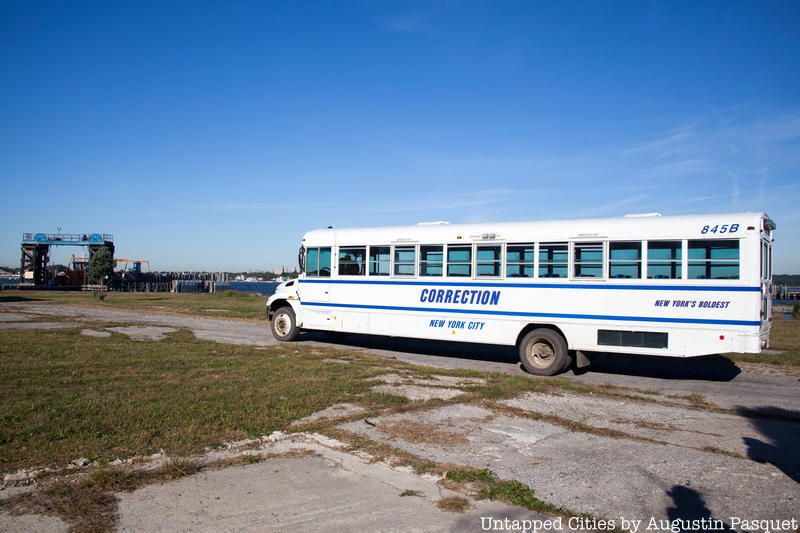
A Department of Corrections bus on Hart Island, which carries Rikers Island inmates to perform burials on the potters field
Located in the western Long Island Sound, Hart Island serves as the City’s last potters field. Since 1869, more than one million people have been buried in what is currently the largest tax-funded cemetery in the world. It was once the site of a women’s insane asylum, as well as a tuberculosis hospital and an overflow facility for Rikers Island, among a number of other uses. Today, however, the island is entirely dedicated to burials, and inmates from Rikers are ferried over on weekdays to perform the internments and other maintenance tasks for $0.50 an hour. Although the Department of Correction had historically prohibited people from accessing the cemetery (with the exception of relatives of the deceased), the team behind the Hart Island Project has worked to open the site to general visitors who can now go to a gazebo viewing area.
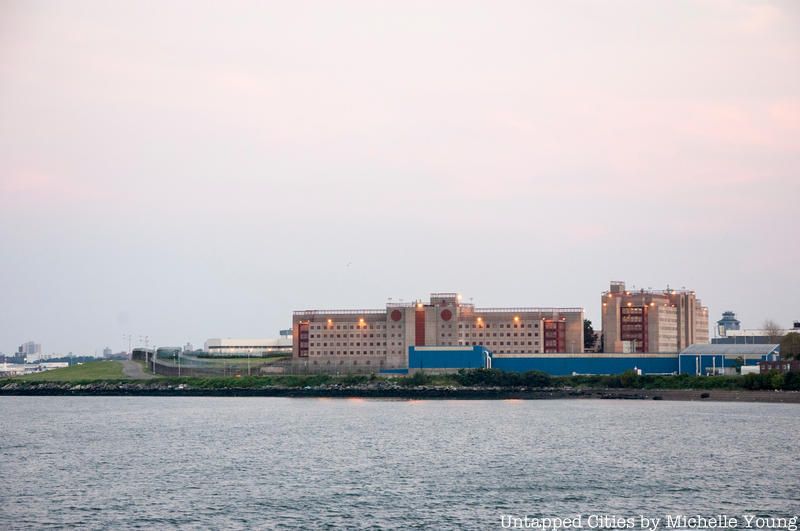
For over 100 years, farming has been an important component of the daily operations of correctional facilities in the United States, as so well portrayed in the Netflix original series, Orange is the New Black . Rikers Island is home to a GreenHouse jail-to-street program, run by The Horticultural Society and the NYC Department of Correction, which gives inmates the opportunity to work in a garden and greenhouse space. Through vocational training, environmental education and horticultural therapy, the program provides detainees with important skills to help them reintegrate into the community.
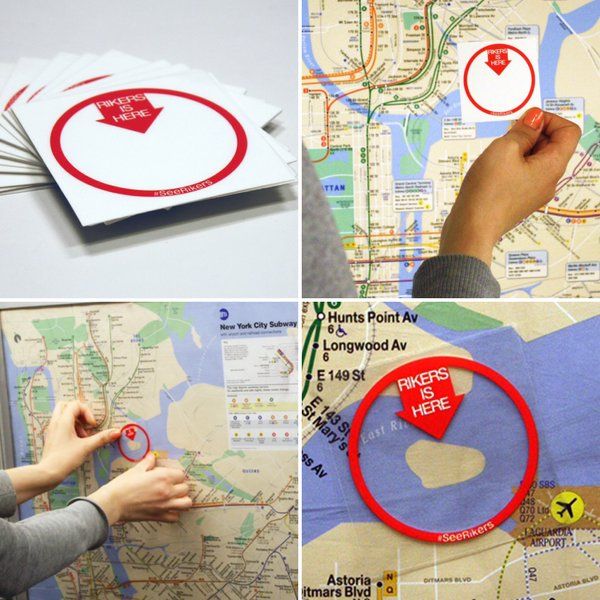
If you compare a few different versions of New York City transit maps, you may notice that Rikers Island is either included or excluded on them; it’s pretty inconsistent and we’ve documented maps dating back to 1939 as proof.
Our article was part of the inspiration for #SeeRikers!,” a 2016 guerrilla campaign by graduate students in the Design Studies program at Parsons the New School for Design. As part of the project, clear stickers, printed with “RIKERS IS HERE,” were handed out to the public and placed on existing maps to highlight the Island. According to students, Estefanía Acosta de la Peña, Laura Sánchez, and Misha Volf, its absence on transit maps is “emblematic of a broader cultural willingness to overlook the places, policies, and practices that support the systemic violence of mass incarceration.”
In its early days, Rikers Island was used as Union Army training ground during the Civil War –by the 9th New York Infantry, known as “Hawkins Zouaves,” and the 20th Colored Regiment, who had to be separated to different parts of the island. Rikers Island was later used by a number of other regiments, including the Anderson Zouaves and the 36th New York State Volunteers. Towards the end of the war, the Island was also served as a prisoner-of-war camp for captured Confederate Army soldiers.
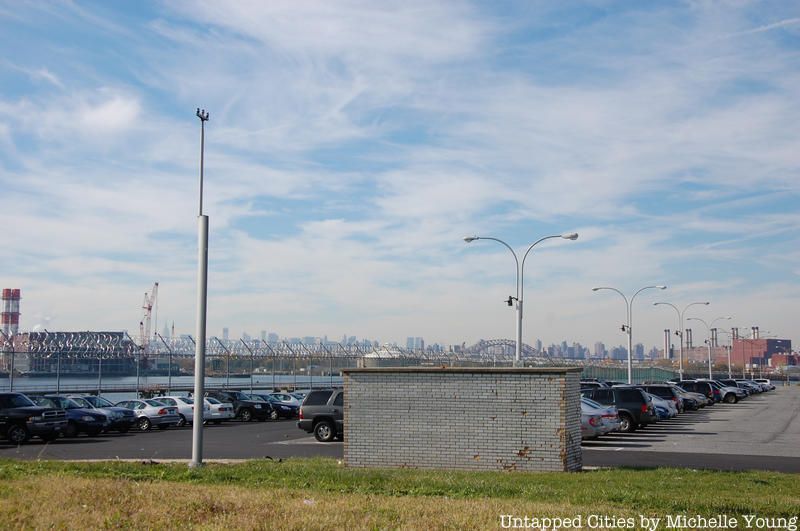
The parking lot at Rikers Island
Because Rikers Island was built on top of a landfill, it leaks methane as the waste below decomposes over time. Workers and detainees complain about mysterious smoke plumes and the “strong chemical order” that engulfs the site, especially during the summer. To add to mounting issues with air quality, five power plants are also situated less than a mile away from Rikers Island in Queens, and some correction officers even believe the toxic chemicals may be carcinogenic and filed suit in 2011.

A future vision for Rikers Island and LaGuardia Airport by RethinkStudio/Jim Venturi
As the conditions on Rikers Island continue to deteriorate, the city is putting more focus on the future of the site. Reform and renovation have been proposed to fix its crumbling foundation, but many argue that the facility is beyond saving. Though expensive, the non-profit organization Just Leadership has been one of the main coalescing voices in the CloseRikers campaign, supported by City Council Speaker Melissa Mark-Viverito. Various potential proposals, commissioned by Crains New York, have surfaced to completely transform the grounds, such as the above LaGuardia Airport extension idea by Rethink Studio – but an architecture studio led by Untapped Cities founder Michelle Young at Columbia University’s Graduate School of Architecture Planning and Preservation seeks to go beyond these proposals, making sure any future plans are appropriate to the site itself, the constituents within Rikers Island and the community around.
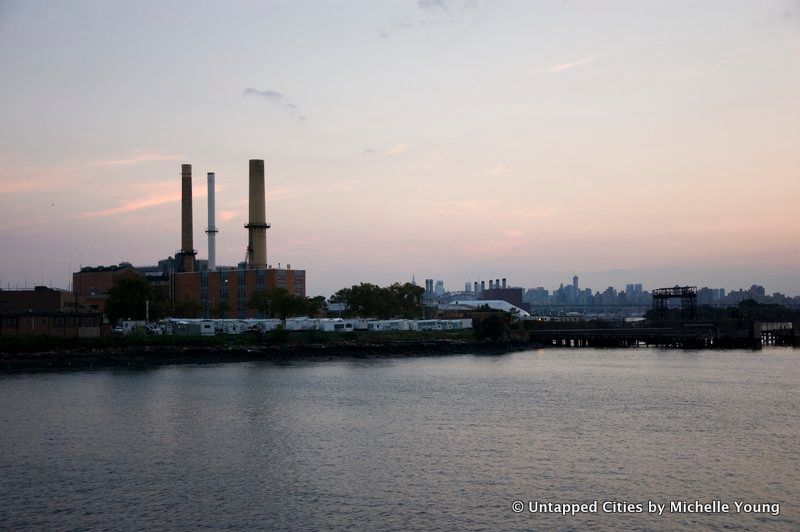
It is quite fitting for Rikers Island to be called a “penal colony” (a place of exile for prisoners), since it is home to its own power plant and bakery, which turns out thousands of loaves of bread each day. According to The New York Times, the carrot cake, usually served during holidays, is the most sought after item. In addition, it is considered a privilege to work in the bakery, all the inmates tolling inside the 11,000 square-feet complex have a sentence of a year or less.
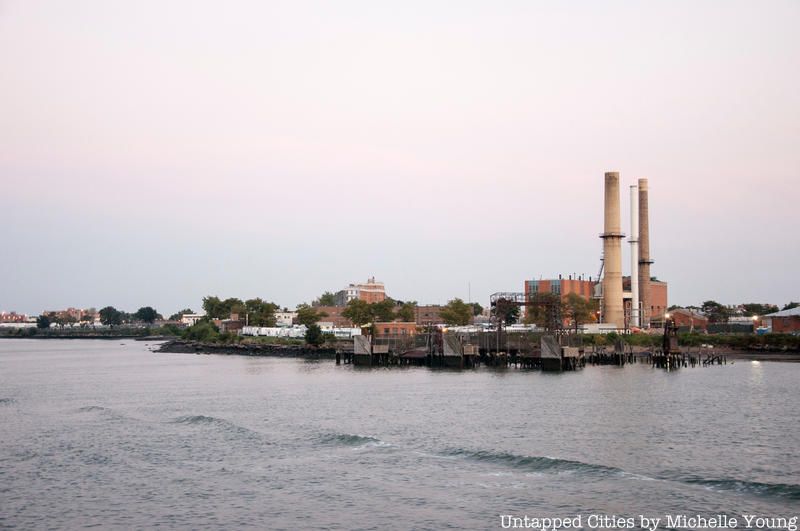
Due its unstable foundation, Rikers Island is especially prone to sinking and shifting. As air pockets rise up from underneath the site, the ground can resettle to fill in the gaps. This contributes to the crumbling infrastructure of the facility, making it vulnerable to flooding and other natural disasters. As the ground shifts, waters pipes located underground can also crack or move. In addition, the deteriorating of the building themselves have created a fertile ground for the creation of DIY weapons inside the jail.
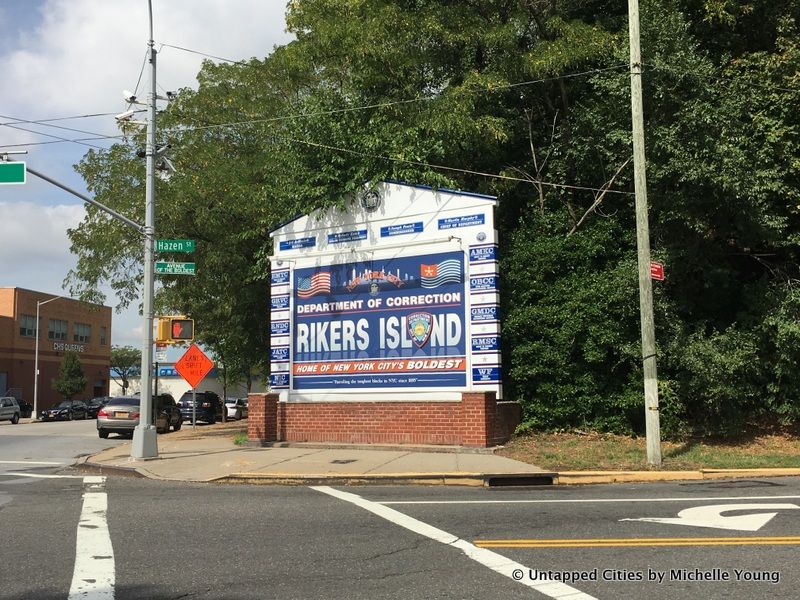
In a 2009 Daily News article, writers Joe Gould and Rich Schapiro reported on a secret, “sadistic Rikers Island society,” called “The Program,” which was operated by facility guards. According to internee Antonio Madera, they allowed a group of inmate enforcers, known as “The Team,” to assault and humiliate other prisoners; sometimes, they also participated in the beatings.
The “hellish scheme” remained under wraps until an inmate, Christopher Robinson, who was 18 at the time, was brutally murdered; Madera consequently filed a lawsuit against the city in February 2008, which was settled for $22,500. Undertraining of corrections officers continues to result in brutal treatment of inmates. Just Leadership reported that “In 2013 alone, use of excessive force by officers resulted in 1057 injuries among an adolescent population of only 791.”
Negligence by correction facility officers have led to lawsuits and settlements, including a $5.75 million payout for Bradley Ballard in 2013, who was found in a cell only after six days, a $2.75 million payout in July 2014 for the wrongful death of Ronald Spear who died of blunt force trauma to the head, and a $2.75 million payout in December 2014 for Jerome Murdough, who died from being in a mental health unit that was over 100 degrees.
Next, check out 13 of NYC’s Active Prisons and read about Hart Island: New York City’s Mass Burial Ground.
Subscribe to our newsletter